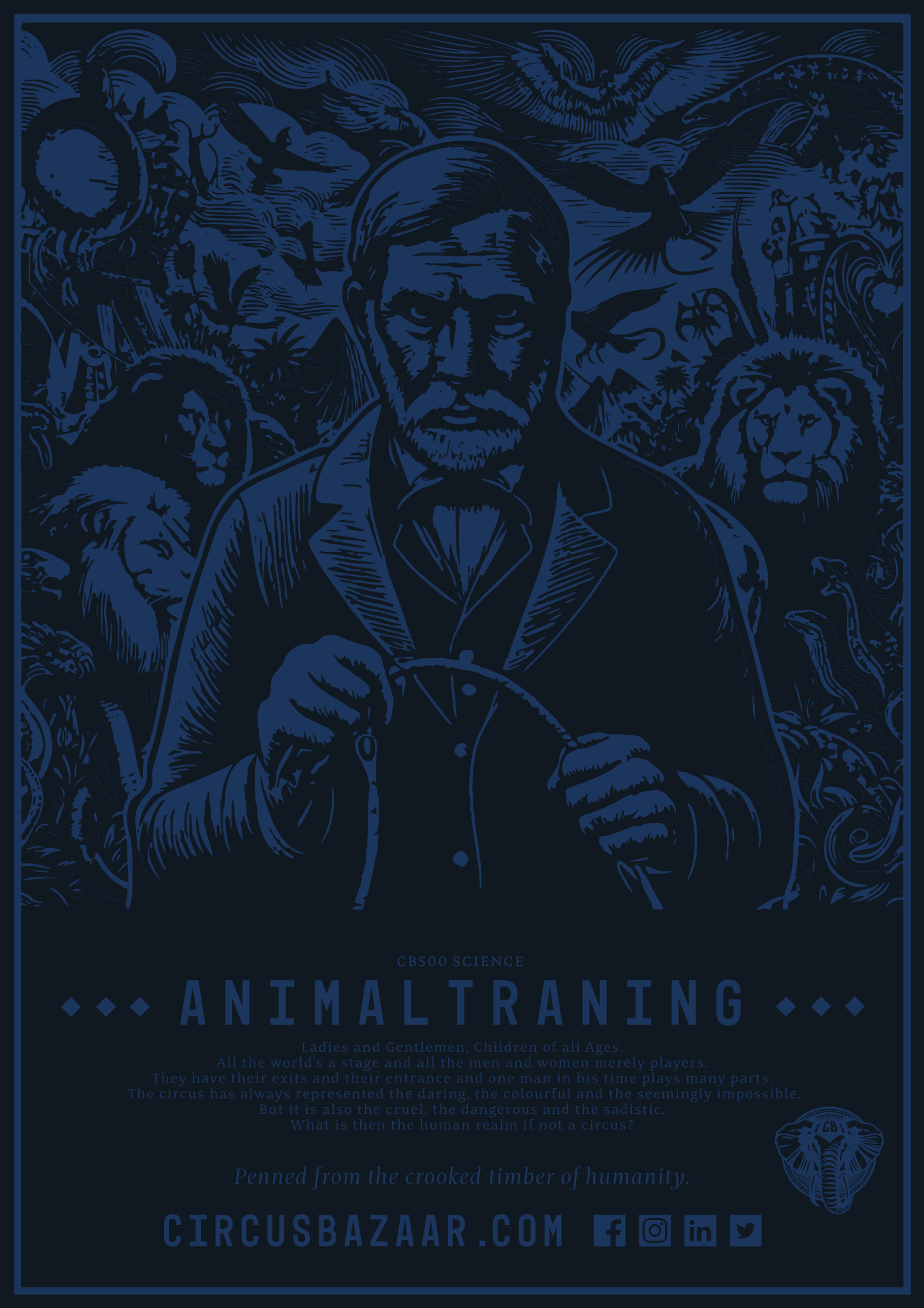Two names have hit the headlines in recent days. One of which we are all quite familiar with, the advertising social megalith Facebook and another company you may or may not know, Oculus VR. Facebook really needs no introduction, it dominates our world; phones, tablets, computers even our movie theatres. Instead we shall delve into Oculus Rift and the company behind it.
Virtual reality is not a new concept. Not new by any means – many of us will remember fairly clunky, impractical ‘proof of concept’ designs on science entertainment television stretching back as far as the mid 1980’s. It has long been a theme in science fiction as well – who can forget the classic film ‘The Lawnmower Man’.
Well time has marched on, the larger market all but forgot about those ‘pie in the sky’ prototypes which never hit the shelves. That was until 2012 when a man called Palmer Luckey brought it all flooding back. A designer from the ‘University of Southern California Institute for Creative Technologies’ specialising in head-mounted displays, he was well known in the ‘Meant To Be Seen’ online discussion forums as a moderator, contributor as well as owning one of the largest collections of head-mounted displays in the world. It was through these forums that he was inspired to develop a design for a better head-mounted unit with the goals of providing a cheaper consumer product that excelled over the currently available designs.
Doom
Doom now reared its head, or rather a man named John D. Carmack, co-founder of a company called iD Software. To many he will need no introduction – he is something of a legend in computer gaming and computer programming circles having been the lead programmer on such titles as Commander Keen, Wolfenstein 3D, Doom, Quake, Rage and involved in many more. It’s not surprising that with this impressive resume, he is something of an influence in technical circles. His prowess at the keyboard earning him a space at #10 on Time magazine’s 1999 list of ‘50 most influential people in technology’. Indeed if one is so inclined, simply searching for his name on the Internet shows him as an almost mythical being.
Camack, who is known for a having an in-depth interest in virtual reality (or VR) technology, was conducting his own research when he happened upon Luckey’s design. Fascinated, Carmack got in touch with Luckey and was able to sample a prototype. He was impressed. In fact he was so impressed that just prior to the ‘2012 Electronic Entertainment Expo’ also known as E3 (a sort of showcase for all that is new and wonderful in the world of gadgets, games and gaming) iD software announced they would be releasing a special version of their title ‘Doom 3’ to support Luckey’s VR display – the ‘Oculus Rift’.
Duct Tape
After the announcement from iD software, fans were then treated at E3 to Carmack demonstrating a prototype unit (held together with duct tape – where would we be without it!) and running Carmack’s own software. This created quite the scene, and a lot of excitement. People wanted it, developers wanted to create with it and companies wanted to sell it. The problem was the only one that existed was held together with tape. A slightly more polished version was needed, and needed quickly.
Donation
Demonstrated in June, Oculus VR set about creating an ‘Oculus Rift’ developer prototype kit. To get it out to the hungry mob however, they needed money. Enter Kickstarter. Kickstarter is a company that provides a means for the public to pledge funds to a project they want to support or see brought to market. By passing the traditional means of finding investment, this sort of public funding or ‘croudsourcing’ can allow an individual, company or group to pitch an idea and set a funding target to bring things to fruition.
Oculus VR asked for US$250,000 to develop and product the first of the developer kits. The response was overwhelming. Within 4 hours of the initial announcement they had achieved their target funding goal. Within 36 hours they had passed the US$1 million dollar mark. At the end of the funding drive they would have US$2,437,429 in pledges.
Development
On August 7 2013 things got really big at Oculus VR, John Carmack joined the team as Chief Technology Officer. He became full time employee in November after he announced his retirement from iD software. He publicly spoke about his reasons for leaving via his Twitter account, citing the primary reason being iD Software’s parent company, (ZeniMax Media) not wanting to get involved in Oculus Rift technology.
With funds available, Oculus VR went into overdrive. They managing to get a developer version code-named ‘DevKit 1’ out by March the next year, and began taking pre-orders for ‘DevKit 2’ in March 2014. Prototypes for the consumer version were shown at trade shows in June 2013 and January 2014. Things seemed to be progressing in leaps and bounds. To say that people were excited was an understatement.
Deal
Where to next? A question often asked by a thoroughly engaged audience. A true golden age seemed to be dawning with Oculus leading the way – would we have that true interaction with a virtual world that could be created to sate our every whim and desire? It’s easy to let ones imagination run away into an almost infinite loop of ‘what if’s’ and ‘whens’ and the all-important ‘how much’ (or perhaps how much would I pay).
March 25th 2014 was a day when millions of people cried out in terror. There was certainly enough geo-political news to cause people to rally in the streets and cause a gnashing of teeth and wringing of hands. This, however, was quite a different scenario. This was the announcement that Mark Zuckerberg decided to ‘like’ Oculus VR on his Facebook page. He liked them so much he announced he would be acquiring the company for a cool US$2 billion dollars ($400m in cash, 23.1 million Facebook shares and cash bonuses if certain targets are met).
Disaster strikes?
There is little worse in the online world than an Internet scorned. Passion combined with anonymity can create a monster, and Oculus VR was something a great many people were very passionate about, a fact certainly demonstrated during their earlier Kickstarter campaign. Almost immediately predictions of doom, failure and ‘selling out’ were bandied about. Would this mean that this hopeful technology would become a kind of ‘Second Life’ advertisement driven, social experiment? Would we soon all be virtually farming in high definition virtual reality? I have to say, the last thought does send a chill down my spine.
So what does the future hold for Oculus VR, Facebook and our dreams of our own private ‘holodeck’. Some Kickstarter pledges have already begun the process of asking for their money back. Some software companies have announced they will cease development plans to integrate Oculus Rift and their own product. Perhaps this is all a little hasty.
I believe much of the difficulty lies in people having strong opinions and feelings about either VR technology and Oculus VR or Facebook and Zuckerburg or perhaps both. If we set aside emotion for a moment and play at devil’s advocate there are several things about this deal that could result in a happy consumer (be it one on Facebook, or on in a virtual space).
- Facebook has bet big, REALLY big, on this deal. US$2 Billion is not small change for anyone. I would argue that this suggests they are not going to simply bury Oculus VR to stifle competition. No, I believe that this indicates they see this as a profitable area to invest in.
- Oculus VR employees, including Carmack are delighted. Whilst I’ll admit being given $2 billion should bring a smile to anyone’s face, this deal seems to have given them the ability to do what they love and what they are brilliant at – bringing Oculus Rift to reality.
- In the past there have been murmurs about if Facebook’s current business model and revenue stream are sustainable. It would seem to be a prudent business decision to look at ways to broaden the base of their product line and revenue especially at a time when they have the money to spend.
Now that said, other questions still float unanswered in the back of my mind, many of which can only be given answers once we see how things work out over the next 6 – 12 months. Acquisitions are very rarely, if ever, easy nor cut and dried. Things that worry me about the future relate less to the huge amount of money they spent – I assume they did some due diligence, but more to culture. By culture I mean specifically being able to identify the environmental and interpersonal factors that have caused Oculus VR to work so well that they are now $2 billion dollars richer and integrating that into the way that Facebook works so that everyone is happy.
Oculus VR gives the impression of being a small, enthusiastic company, still riding the highs of being a start-up and living without strict hierarchy. Not only that, they clearly have a vision for the future that perhaps can be worked into a shared vision with Facebook. The biggest challenge I foresee for the new partnership going forward is for them to recognise not what makes them similar, but what they do differently. Oculus VR create hardware and software, more specifically software that is not web based or web focused. Whilst Facebook have many teams of software people working on all sorts of projects other than their web applications, they run the risk of overwhelming the smaller acquisition. Without doubt, Oculus Rift looks like a fun project. There will be a great many people who already work or want to work at Facebook who will now have in the back of their minds that perhaps they can join the ‘VR’ team. Perhaps there are executives right now thinking it’s the perfect project to do some rock star management.
This is the kind of thinking, the kind of actions that will spell the end for a promising idea. If they want Oculus Rift to work, then Oculus VR will need to call the shots. They are the experts after all. A colleague of mine once said to me that meetings were just big hugs for managers and the more hugs the better.
A bright future is still possible for Oculus VR and their Oculus Rift, so long as they can avoid the disasters of cubicles, meetings and management.
Follow Circus Bazaar on Facebook
Follow Circus Bazaar on Twitter
Subscribe to us on YouTube

























